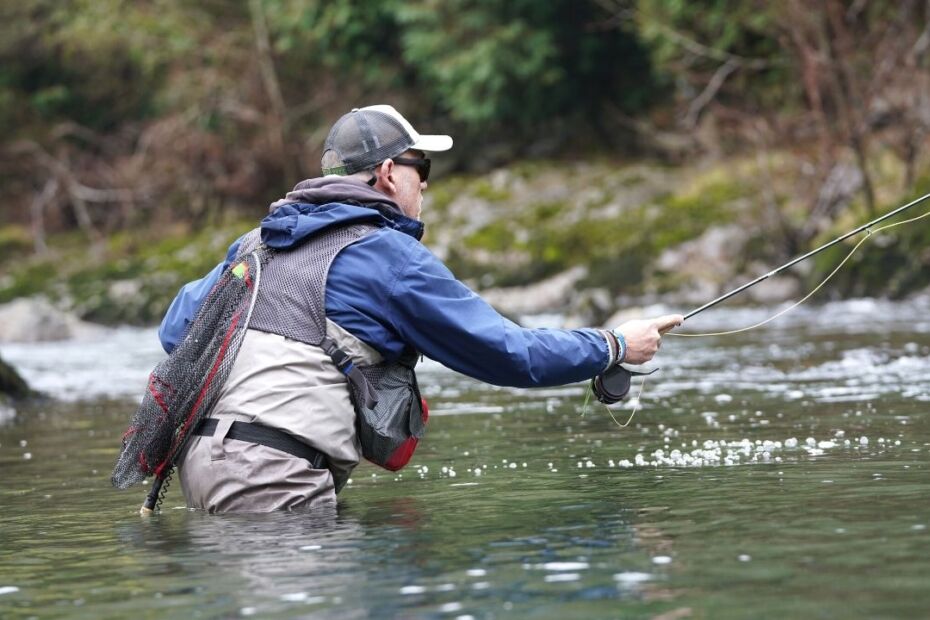Many anglers are eager to get back to their favorite rivers and lakes for fly fishing as the weather warms up! Going in the spring presents some unique challenges, whether you’re fly fishing in Florida, Montana, Tennessee, or anywhere else. To help anglers, we put together some essential fly fishing tips for the spring!
Don’t Be Afraid of the Muck
When fly fishing in the spring, you’re almost guaranteed to fish in runoff water. It’s not ideal for fishing since your visibility is zero, but don’t be afraid of the muck. You may not see the fish, but muddy water doesn’t mean they aren’t there.
You can have just as good a day fishing in runoff as you can on a clear summer day. In some ways, the runoff offers an advantage to anglers since the fish won’t get spooked by movement as much as they do in more transparent conditions. Plus, the added runoff changes currents in rivers and lakes, tiring fish and making them more susceptible to capture.
Upgrade in Size and Color
You can still fly fish well in muddy, runoff-filled rivers, but you’ll want to adapt and compensate for the lack of visibility. When choosing your flies for the spring, you’ll likely want to upgrade to more vibrant colors and bigger sizes.
You still want to use flies that resemble the natural species the fish eat, but with the brown water clouding their vision, you’ll need a little more to get their attention. Spring is an excellent time to use those flashy streamers and giant bugs to make sure the fish catch a glimpse in the spring rivers and streams.
Watch the Weather
It’s possible to fish in runoff water—even fish well. But most anglers would rather avoid it altogether. You can anticipate when rivers and lakes will experience runoff by keeping an eye on the weather and planning your fishing around it.
Runoff typically occurs after heavy rainfall or when the weather warms up, melting ice and overflowing the rivers and lakes. Keep an eye on the temperature and rain gauges leading up to your fishing expedition. If the air is dry and moderate, you’re likely to find clear rivers ideal for fly fishing.
Work the Edges
In the spring, when rivers experience runoff, their water levels rise, and their currents speed up. Some fish will struggle in these quicker currents and look for refuge nearer the banks where the waters are shallower and the flow is less pronounced.
If you’re fishing in a river that’s up a couple of inches or feet, your best bet could be to aim near the usually dry banks where tired fish may be stopping to rest.
Spring may not always be ideal for fly fishing anglers, but there’s still plenty of fish to catch! Follow our essential fly fishing tips for the spring, and we’re sure you’ll get a few nibbles and bites on your line!

